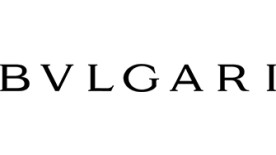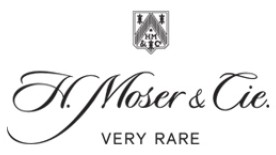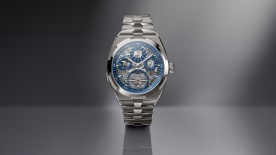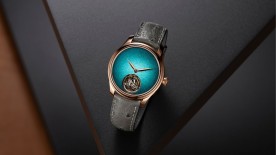In watchmaking, the perpetual calendar is a device that indicates the variable length of the months, including leap years. It started life in the first monumental clocks, before being miniaturized for pocket watches, and then wristwatches.
The leap year is a tricky calculation. It existed in the Julian calendar before being adapted to the Gregorian calendar to make it astronomically more precise. Today, a leap year is a multiple of four, but it doesn’t necessarily occur every four years with some years skipping it altogether for further precision. The way to calculate whether the year is a leap year or not is to see if it is evenly divisible by 400. If a year is divisible by 100, but not 400, then it is not a leap year. If a year is divisible by both 100 and 400, then it is a leap year. For example, 1900 is evenly divisible by 100, but not 400, so it is not a leap year.
So, if you take the above into account, the next non-leap year will be the year 2100. This is important because most of today’s mechanical timepieces with a perpetual calendar do not take into account this secular exception.
It was in 1925 that the first wristwatch with a perpetual calendar mechanism was created. It was the Patek Philippe watch reference 97 975, which is the ancestor of the reference 5940 and is an adaptation of an existing perpetual calendar movement found in a pendant watch from 1898, also from Patek Philippe.

It was not until 1929 that the first perpetual calendar calibre specifically dedicated to the wristwatch was created by Breguet with the model 4244.
Today, the perpetual calendar takes on many different faces. Among the most impressive is the Bulgari Octo Finissimo perpetual calendar, which is powered by a manufacture movement that measures a mere 2.75 mm in thickness and holds the world record for the thinnest mechanical perpetual calendar.

Also of note is the H. Moser & Cie Calibre HMC800, whose date can be set in both directions at any time of day, a feature that makes this calibre particularly unique.
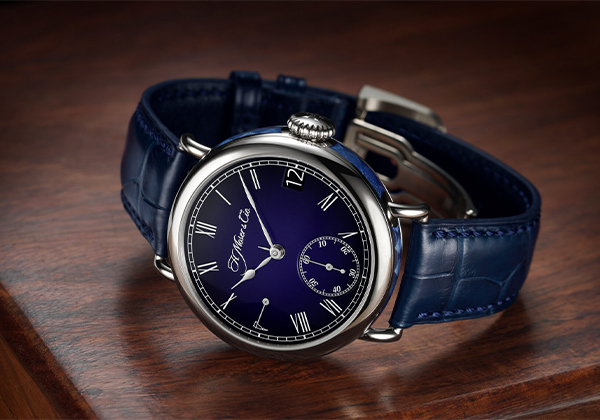
The perpetual calendar is sometimes shortened to “QP” by connoisseurs, standing for the French – Quantième Perpétuel. It is a complication that is extremely useful in everyday life. The owner no longer needs to set his/her watch at the end of the month if it does not have 31 days, like with an annual calendar. This comfort of use is made possible thanks to complex and magnificent mechanical movements that are also a delight to behold.


